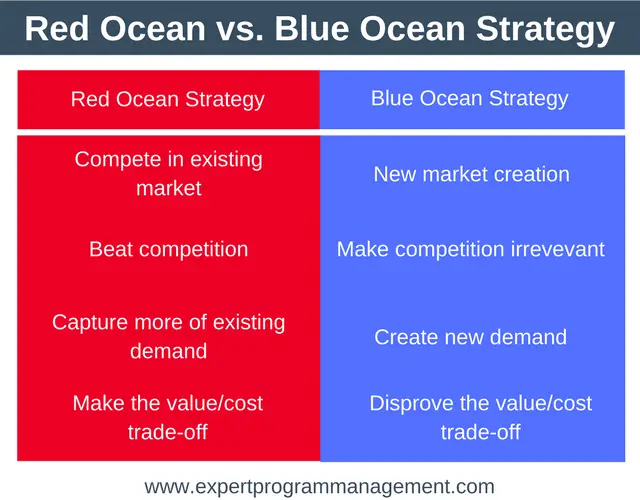

By allowing people to buy individual songs and strategically pricing them far more reasonably, iTunes broke a key customer annoyance factor: the need to purchase an entire CD when they wanted only one or two songs on it. In agreement with five major music companies-BMG, EMI Group, Sony, Universal Music Group, and Warner Brothers Records- iTunes offered legal, easy-to-use, and flexible à la carte song downloads. Apple capitalized on this decisive trend with a clear trajectory with the creation of iTunes in 2003. This trend was underscored by the fast-growing demand for MP3 players that played mobile digital music, such as Apple’s hit iPod. With the technology out there for anyone to digitally download music free, the trend toward digital music was clear.


While the recording industry fought to stop the cannibalization of physical CDs, illegal digital music downloading continued to grow. By 2003 more than two billion illegal music files were being traded every month. With the launch of iTunes, Apple unlocked a blue ocean of new market space in digital music that it has now dominated for more than a decade.Īpple observed the flood of illegal music file sharing that began in the late 1990s, enabled by file sharing programs such as Napster, Kazaa, and LimeWire.


 0 kommentar(er)
0 kommentar(er)
